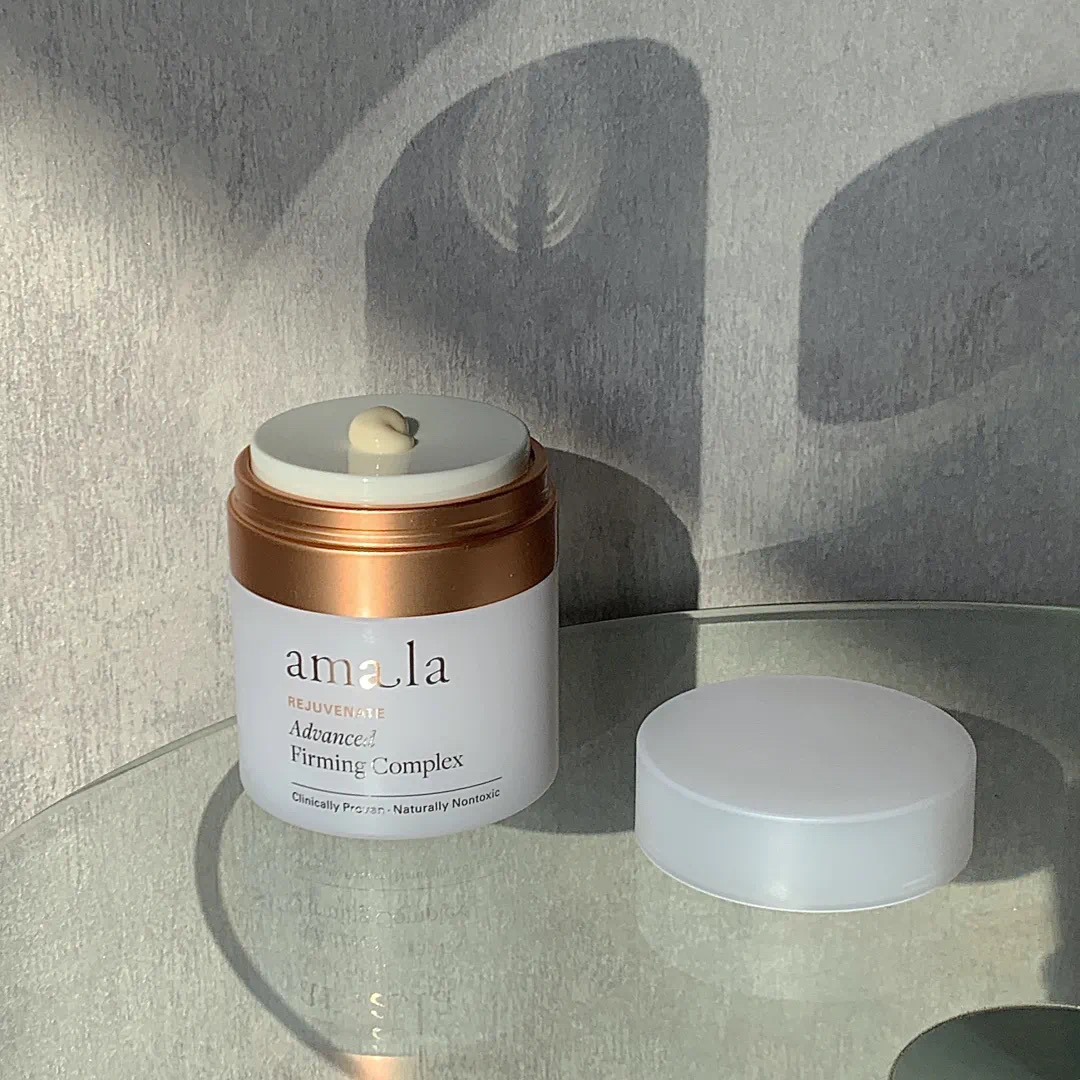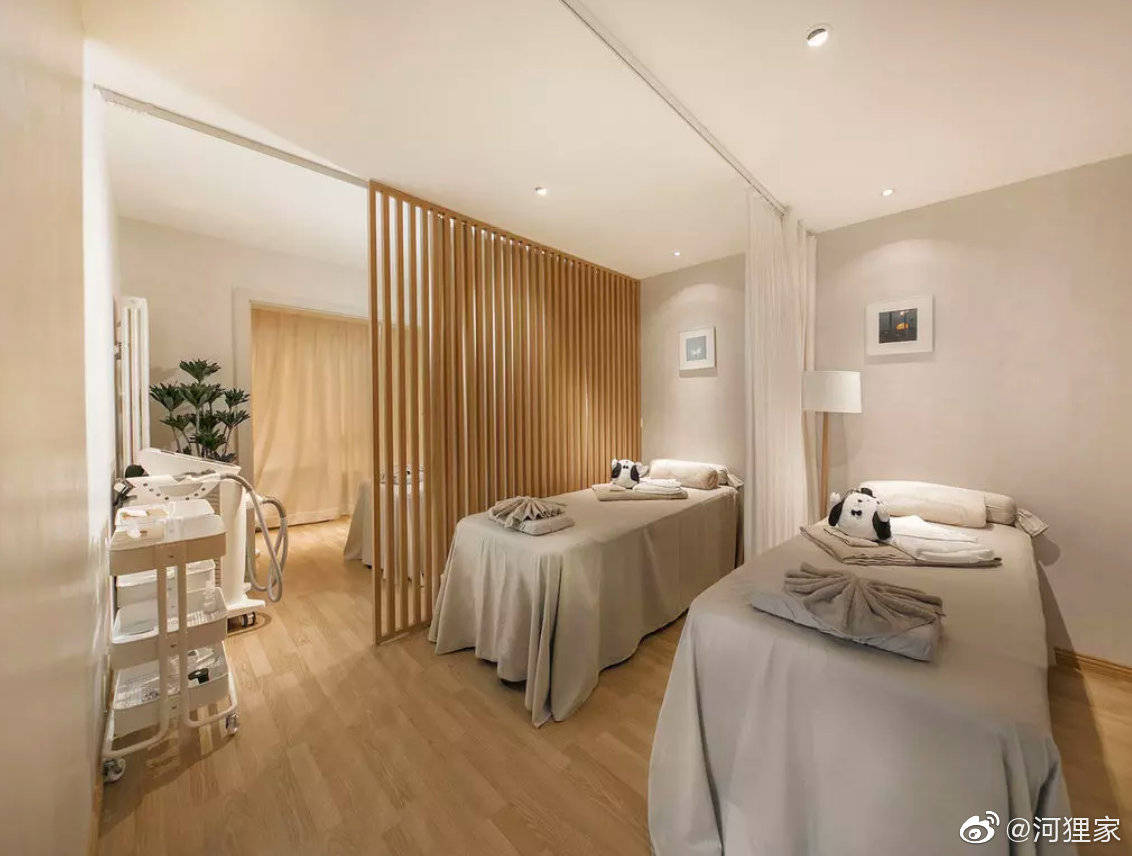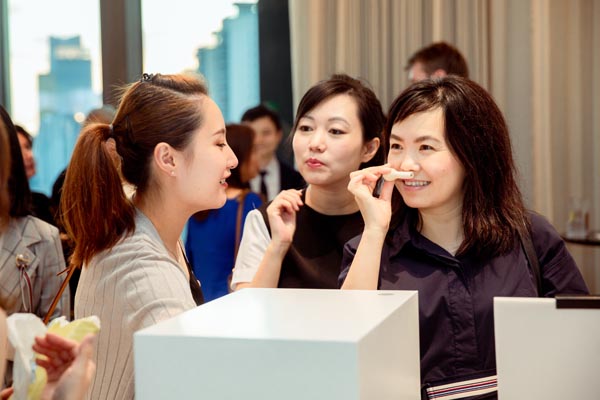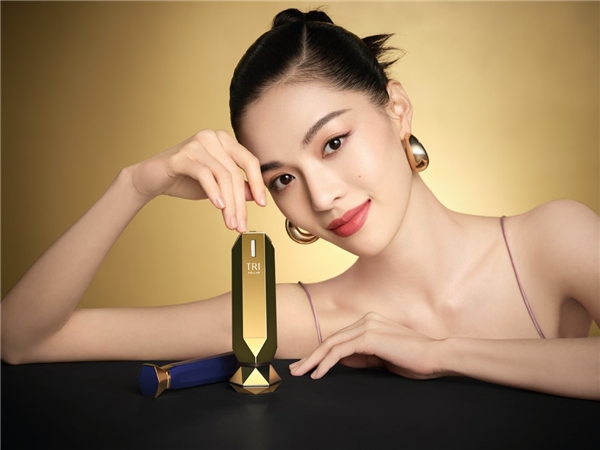Top Beauty Categories Booming Among Chinese Female
by Queenie Yao
The Chinese female consumer is a strong force in the e-commerce market, and her influence cannot be underestimated. The latest report from Quest Mobile showed that Chinese female consumers have a staggering 84.3%[1] online shopping penetration rate, accounting for 547 million people. They are the most important source of spending power in China because they are often the main buyer for the family, socially active, increasingly educated, and attuned to trends.
In response to the robust growth of Womanomics, major e-commerce platforms and brands with an acute sense of evolving consumer demands have started to differentiate their offerings. Urara, owned by Shiseido Group, is one of the beauty brands developed for Chinese consumers and available in cosmetic stores across China since 2006. Urara segments consumer needs to develop varieties of basic skincare products to reflect diverse regions and differentiated skin types in China, based on research of Chinese women’s skin and living environments. After 14 years in China, the high-end anti-aging line, Urara Prime Collection, launched last September. And the results are fascinating.
However, it can be challenging to localize the offerings to Chinese female consumers as their demands are becoming increasingly complex and segmented. Young female users seek personalization and like to show their unique taste by sharing their experiences with the products they are using, according to the QuestMobile reports. Demand from female consumers in different age groups also showed profound differences, with young females attracted to celebrity beauty. In contrast, older female consumers, who often have families and children, are more inclined to focus on different categories, and can be more price sensitive.
When more and more young people enter the workplace, post-90s and post-00s girls have become the leading consumer force of the new generation. The post-95s are willing to invest more money in their favorite product categories and become a significant new force in online shopping. 37.5%[2] of post-95 women spend more than 3,000 RMB (US$465) a year on cosmetics, with 16.5% spending more than 5,000 RMB (US$775).
This Gen Z demographic is trackable on Alibaba’s e-commerce site Tmall, which has seen over 50 million post-95s purchase cosmetics on its platform in the past year. Upscale luxury beauty brands such as MAC, Estée Lauder, YSL, Lancôme, Givenchy, and La Mer are now the most popular high-end brands purchased by post-95s.
The post-95s will use the best products from the start rather than settle for buying products they can't get their hearts set on. But these young females do not blindly pursue big brands, and they are willing to pay for quality. Gen Z comes with a solid pragmatic spirit: be kind to yourself and "why not choose the best if you can?"
For the post-95s, content is social. These digital-savvy consumers have a higher preference for content and social platforms, focusing more on topics of interest in the process. Thus, beauty brands are working hard among popular platforms like WeChat, TikTok, Bilibili and Little Red Book, where the post-95s spend the most time.
In particular, Little Red Book is a female-centric community which targets woman under the age of 35. It is particularly popular with Millennials and Generation Z, those born after 1995. The platform is designed to help users explore and purchase products, share recommendations, and provide valuable reviews.
We highlight the top beauty categories that international retailers should pay attention to this year.
Beauty & Cosmetics
China's beauty and cosmetics sector had witnessed consecutive growth over the past 10 years. Even during the Covid-19 pandemic, data from Tmall Global[3] reveals an 85% increase in average spending on beauty products among post-90s female consumers. The rapid growth in consumption of beauty and cosmetics products is driven by rising awareness and vertical category surges.
Premium skincare
The trend of the high-end anti-aging consumer behavior is irreversible. According to CBNData’s Beauty Industry 2020 data, 83%[4] of people spending on luxury goods are female. The pandemic has undeniably triggered a self-care, beauty & skincare boom. In terms of demographics, post-90s and post-85 women are investing more in anti-aging than other generations. They are keener to buy high-end anti-aging skincare products, driving the high-end upgrade of the anti-aging market.
The age profile of customers of the premium beauty market is increasingly young. Consumers under 29 account for nearly 60%, while 28% are aged 18 to 24.
However, these young consumers do not blindly pursue big brands. They are willing to pay for quality.
High-end beauty brands initially targeting the 35+ demographic have also taken the initiative to adjust their product claims accordingly to cater to the younger consumers. Similar hashtag topics such as "post-95s use premium facial creams" and "Gen-Z anti-aging" abounded and created a buzz on social media platforms on several occasions.
We can notice from the current market that a high-end player like Amala Beauty and Augustinus Bader. Amala Beauty, a luxury natural skincare brand from Germany, is one of the niche brands that do product seeding on Little Red Book. The high-end brand has collaborated with influencers on Little Red Book to enhance its brand building and exposure. As one of Gen Z’s and Millennials' favorite community, Little Red Book offers a unique opportunity for brands looking to market to younger audiences.

Augustinus Bader has been making active efforts to gain the attention of increasingly discerning and affluent Chinese consumers. The German brand leverages celebrity power to optimize digital strategies and recover their China business since COVID-19. Last year, Augustinus Bader announced that Victoria Song, a singer, actress and host currently active in China would be its brand ambassador in China.
Professional beauty
Since the government encouraged people to stay at home during the pandemic's peak, lockdowns blocked consumer access to professional institutes and spas for beauty care. Users turn to professional beauty products and complete the treatment at home to avoid unnecessary outdoor activities. In the post-Covid era, we will continue to see an increase in professional products because consumers awareness has consistently grown and new opportunities will arise for more targeted treatments.
More than 40 new American and European professional-grade skincare brands debuted on Tmall Global in the past year. Thanks to cross-border e-commerce, international brands do not need to go through a lengthy process to set up local operations and register products. With two to three months of preparation, most brands can successfully launch on the platform. Chinese domestic marketplaces are also boosting awareness of professional beauty. Last year, Tmall Global collaborated with Erno Laszlo, Medspa, Repacell, Dermalogica, and other international beauty brands and formed a global effort to further develop exclusive experiences for beauty consumers. Professional beauty services are provided on-site or through offline branches of Helijia, a beauty service online-to-offline (O2O) player whose investors include Alibaba.

Clean & organic
Chinese consumers are increasingly interested in clean and natural beauty brands.
According to Mintel’s latest study on China’s Clean Beauty Market, Chinese beauty consumers’ demand for beauty and personal care products with natural or organic ingredients is growing.
Consumers’ need for clean beauty mainly focuses on product safety and effectiveness. Notably, 77%[5] of Chinese consumers responded that healthy or clean products are safer than ordinary beauty products; the respondents consider product safety assurance as the most important purchase consideration. In terms of product effectiveness, clean beauty is recognized by over 60% of consumers as being more effective than ordinary beauty products.
Niche fragrance
Just before the Covid-19 pandemic started, China’s demand for fragrances had been on the rise. China’s fragrance market revenue is expected to reach US$1226.5 million in 2021, growing by 7.1% YoY, Euromonitor estimates.
Chinese fragrance shoppers are tapping into niche names. Euromonitor has projected that the niche and premium fragrance market in China would increase by 18%[6]. Results from Tmall Global also support this trend: niche brands earned the fastest growth rate, with triple-digit growth year-on-year.
![]()

Consumers today prefer personalized, intimate, and de-labelled products, with 45.7%[7] of perfume consumers moving from mass fragrances into niche designer fragrances, according to China’s Fragrance Market Research 2020 of iResearch, and 68% of the niche fragrance consumers are female. Customers' preference for wearing different scents also presents a potential opportunity for less well-known or niche brands in the market to earn sales and loyalty.
According to iResearch reports, consumers prefer to get perfume information from social media platforms such as Little Red Book, Weibo, and Douyin (the Chinese version of TikTok), which make up 69.7%, 38.8%, and 25.3% respectively. With Little Red Book and Weibo being the most preferred seeding platforms, users are willing to try the products that appeal to them. This type of behavior is especially prominent among users aged 23-25. Consumers are also seeking third-party samples off C2C platforms, such as Taobao, to try new products with less upfront investment.
Aesthetic medicine beauty
Chinese demand, particularly among Gen Z and Millennials, is growing fast for medical aesthetic treatments and products. According to the Aesthetic Medicine Beauty Industry Report 2021 published by MobTech, an intelligent technology enterprise in China, this consumer size has reached 18 million[8] by the end of 2020. The market value is projected to reach 227.4 billion RMB (US$35 billion) in 2021, with an annual growth rate of 15%.
Notably, post-95s consumers occupy 29.2% of the total, accounting for the most considerable portion. Among them, female consumers represent the majority share at 68%.
The anti-aging demand from the market compels the aesthetic medicine beauty market. Female consumers’ skincare desires are no longer limited to basic efficiencies such as hydration, cleansing and sun protection. Instead, anti-aging has become the top demand among female consumers and is the most innovative skincare investment today, the CBN Anti-aging report highlights. 91%[9] of consumers say they are looking forward to medical aesthetics as a means of anti-aging, far outweighing daily skincare and regular workouts.
At-home beauty devices
Along with the increase in consumer acceptance of medical aesthetics, at-home beauty devices have also become one of the latest trends. As the price of medical aesthetic items can easily be in the tens of thousands of yuan, they are also unaffordable for many consumers even if they can achieve relatively good results. At-home beauty devices are relatively cheaper, simple to operate and easy to carry, so they are favored by consumers, especially the post-90s consumer group. For some consumers, a beauty device is a kind of alternative to the medical aesthetic. More, they reckon those technological beauty devices are offer more added value compared to daily skincare products.
Female consumers’ focus on anti-aging has also led to growth in the performance of companies in this segment. The market size of the Chinese at-home beauty devices market is expected to approach 10 billion RMB[10] (US$1.55 billion) in 2021 and to exceed 20 (US$3.1 billion) billion RMB by 2026.

In China, imported beauty devices are still dominant. As early as 2014, international brands such as YA-MAN, Refa, Panasonic and Tripollar entered China one after another and the domestic at-home beauty devices market began to gain momentum. The scale of consumption continues to grow, with Tmall Global being particularly prominent and an important shopping destination for consumers.
While the beauty device market in China is booming, it is becoming increasingly competitive when various international and domestic brands join. Brands that fail to meet the changing and escalating needs of consumers and whose products have low efficacy and safety might cease to exist. Apart from anti-aging, wrinkle reduction, functions like facial contouring, moisturizing, spot removal and whitening are appealing to customers.
Beauty drinks and supplements
The Chinese Women's Health Consumption Report 2021 conducted by Alibaba Health shows that young females are more serious about beauty and wellness.
Women's health spending has increased annually in recent years, with an average increase of 20% YoY[11], with overall women's health spending 38% higher than men's in 2019 and the gap between the two sides widening further to 63% in 2020. These results show that women have become the absolute mainstay of health spending.
The beauty drinks market, driven by the "beauty from within concept," is gaining attention from female consumers and increasing demand. The report shows that annual sales of “Beauty from within” products rose by 100% YoY in 2020.
But women of different ages have different needs for health products. The post-00s are more concerned about personal shape and prefer meal replacement products and enzymes. Post-90s are awakening to the concept of health management and prefer clinically formulated probiotics for women. Simultaneously, the post-80s are concerned about retaining balanced, healthy skin, and anti-aging products. Their most in-demand products are collagen drinks, sleep support, and biotin supplements to prevent hair loss.
To add, functional gummies for the beauty-from-within and vitamin category have exceptional growth in China. Gummy vitamins taste like snacks, without the psychological burden of taking supplements and making them quite suitable for young people and many first-time vitamin users.
Key takeaways:
· "Anti-aging" is one of the top keywords in online searches among Chinese female consumers. This trend sparked a boom in beauty drink supplements, which often tout the concept to support and promote total beauty from within.
· Professional and premium skincare is in high demand in China, as female consumers are willing to spend more on trusted, safe and luxury positioned products.
· Niche fragrances are in high demand in China due to increased penetration of premium fragrance products in China and higher average spending.
[1] Quest Mobile: She-Commerce Report, 2021; URL
[2] Mob Tech: Post-95 Female Insight Report 2021;URL
[3] Tmall Globalx Deloitte: China’s Imported Goods Market Research 2020; URL
[4] CBN Data x alimama: Beauty Industry Report 2020; URL
[5] Mintel: Clean Beauty – China, 2020; URL
[6] Euromonitor: Fragrances in China,2020; URL
[7] iResearch: China Fragrance Market,2020; URL
[8] Mob Tech: Aesthetic Medicine Beauty Industry Report,2021; URL
[9] CBN Data: Female Anti-aging Consumption Report,2021; URL
[10] CBN Data x Tmall Global: At-Home Beauty Devices Consumption Report,2020;URL
[11] Alibaba Health: Women’s Health Consumption Report,2021; URL